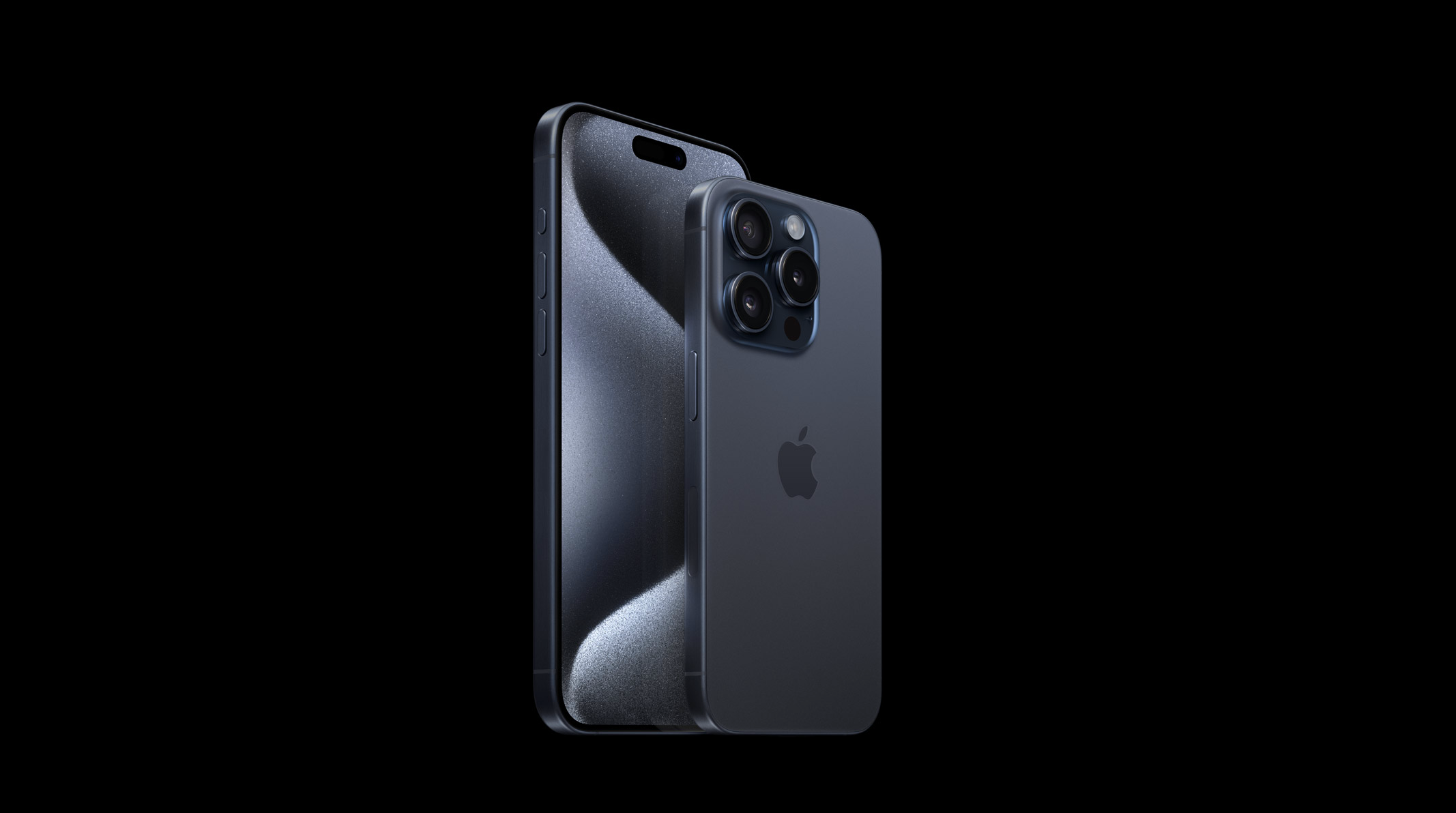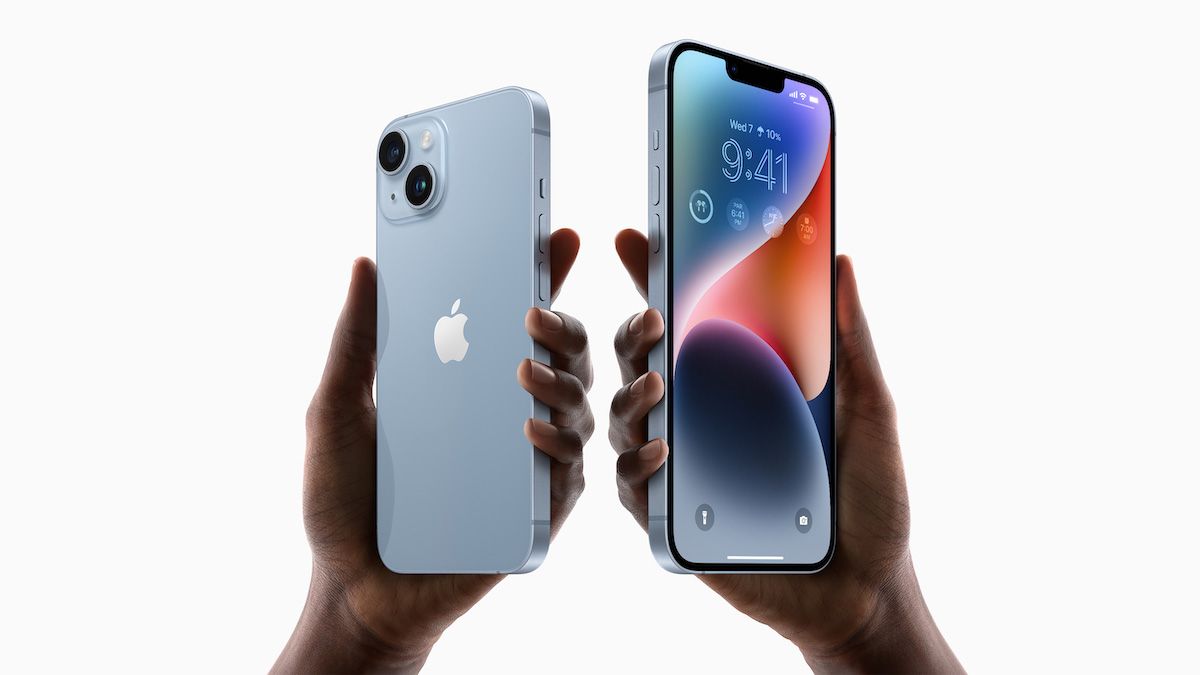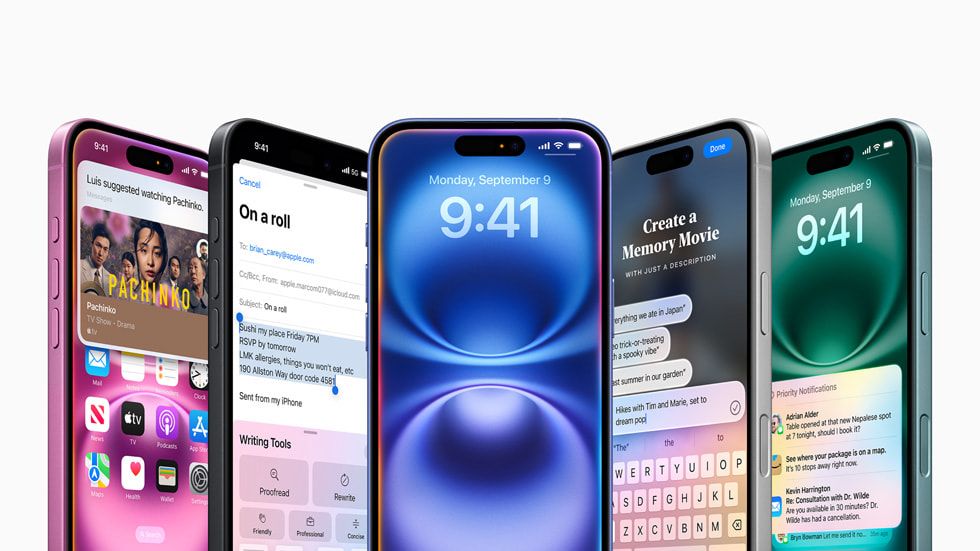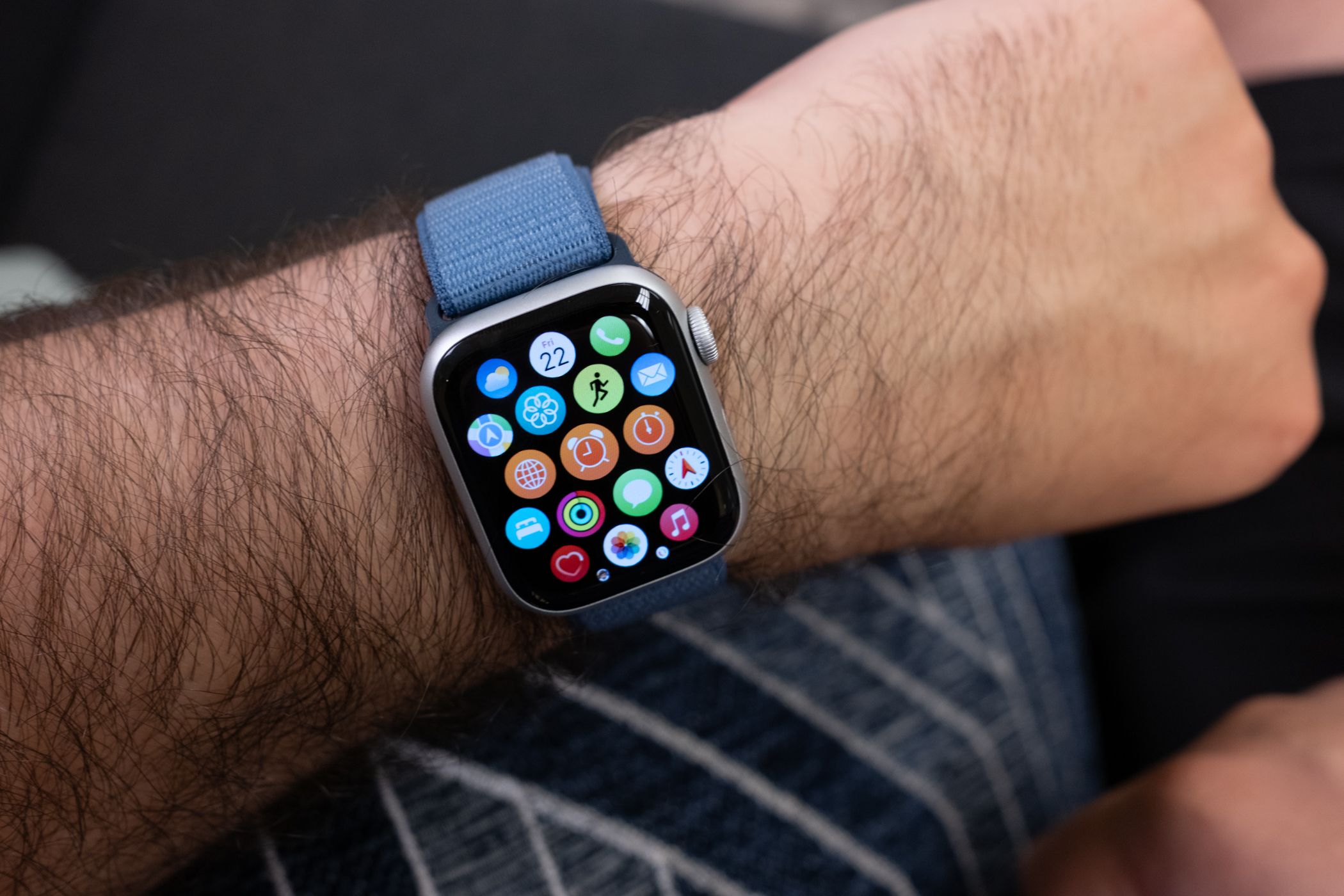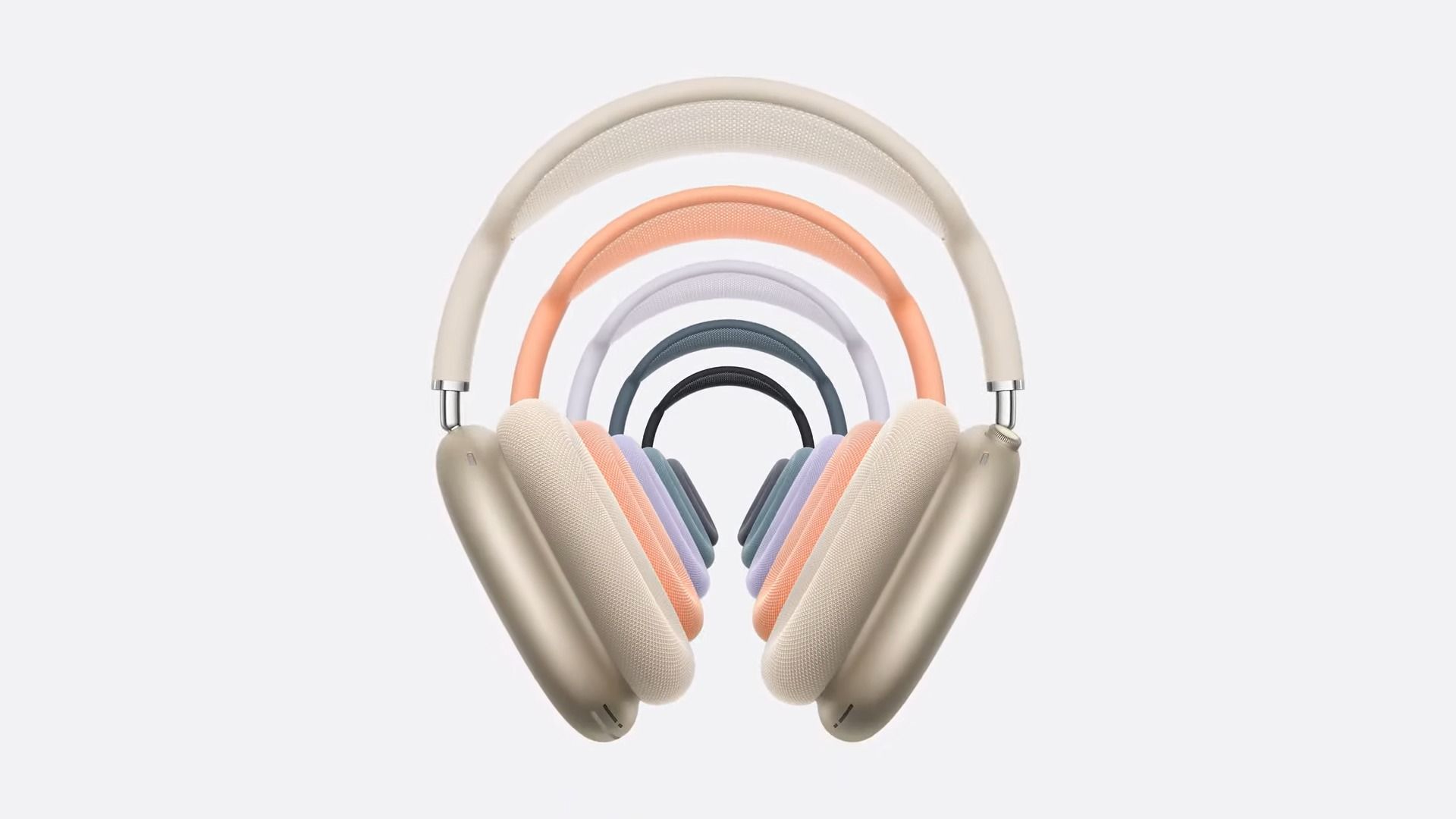Apple has nixed some older devices after unveiling the iPhone 16 lineup at its September 2024 “Glowtime” event. You can no longer buy some older iPhones, Apple Watch models, and certain AirPods from Apple, though other sellers may have them while supplies last.
1 iPhone 15 Pro and 15 Pro Max
With the iPhone 16 lineup now official, Apple no longer offers the iPhone 15 Pro and iPhone 15 Pro Max. These were Apple’s first smartphones built from a custom titanium alloy. Unfortunately, the fetching Blue Titanium color finish is unavailable on the iPhone 16 Pro.
On a positive note, the regular iPhone 15 and iPhone 15 Plus models are now available for $100 less. The iPhone 15 and iPhone 15 Plus used to start at $799 and $899, respectively. But now, the iPhone 15 starts at $699 and the iPhone 15 Plus at $799.
Whenever a new iPhone lineup is unveiled, Apple discontinues the previous Pros and slashes non-Pros prices. This has been going on since the iPhone XS (2018). There aren’t many differences between subsequent generations, so such a marketing tactic nudges budget shoppers toward last year’s entry-level iPhones and saves some money.
At the same time, people who gravitate toward Pro models are gently pushed to consider the latest devices.
The iPhone 15 Pro is the last flagship model that comes in 6.1-inch and 6.7-inch screen sizes. In contrast, the iPhone 16 Pro models feature screens measuring 6.3 and 6.9 inches diagonally.
iPhone 14 and 14 Plus Sticking Around, Now Even Cheaper
Apple removes standard iPhones two generations old when new ones are official. But this time around, the iPhone 14 and iPhone 14 Plus will stick around for one more year.
The good news is, Apple has slashed the price of standard iPhone 14 models by $100 for the second year in a row. The iPhone 14 now starts at $599, and the iPhone 14 Plus at $699. When these phones launched in 2022, they started at $799 and $899, respectively.
The iPhone 14 Plus is the first Plus-branded Apple phone since 2017’s iPhone 8 Plus. At 6.7 inches, it offers an iPhone Pro-sized experience at an affordable price.
Folks who want to save money should go either with a $100 cheaper iPhone 15 or a two-year-old iPhone 14 to save $200.
2 iPhone 13
The iPhone 13 has been removed from the lineup. Introduced in 2021, the iPhone 13 came in a 6.1-inch size and offered a longer-lasting battery than the 5.7-inch iPhone 13 mini. It launched at $799, but its price dropped over the years. Apple recently offered it for $599, but the iPhone 14 now sits at that price point.
The smallest iPhone Apple now offers is the iPhone SE 3 (2022), which has a 4.7-inch display.
The iPhone 13 was the last iPhone sold in the United States with a SIM tray. The iPhone 14 and newer models offer only eSIM.
If Apple Intelligence is your ultimate reason to upgrade, remember that Apple Intelligence is only available on the iPhone 15 Pro, iPhone 15 Pro Max, and the iPhone 16 lineup.
If you already have an iPhone 15 Pro, upgrading to an iPhone 16 Pro will result in about fifty percent faster Apple Intelligence performance thanks to the improvements in its A18 Pro chip. Folks stuck with older iPhones who want the new AI features should avoid the discounted iPhone 14 and iPhone 15 as those devices don’t meet the system requirements for Apple Intelligence.
3 Apple Watch Series 9
Apple has also refreshed its main smartwatch lineup with the new Apple Watch Series 10 models featuring bigger displays with OLED panels, faster chips, and thinner casings. At the same time, the company pulled the previous Apple Watch Series 9 from sale. The new watches start at the same $399 as the discontinued Apple Watch Series 9.
The Apple Watch Series 10 is half the cost of the Apple Watch Ultra 2.
The second-generation Apple Watch SE (2022) remains on sale. The rumored Apple Watch SE 3 with a plastic case wasn’t announced at the iPhone 16 event. While there wasn’t an Apple Watch Ultra 3 this year, Apple introduced a new Satin Black case along with the matching Milanese Loop for the Apple Watch Ultra 2 (2023).
4 AirPods 2 and AirPods 3
Apple has streamlined the AirPods family with two AirPods 4 models, AirPods Pro 2, plus new colors and USB-C charging for the AirPods Max. To reduce confusion, Apple no longer sells the AirPods 2 (2019) and AirPods 3 (2021), with the regular AirPods 4 ($129) and their noise-canceling counterparts ($179) now occupying those price brackets.
For the extra $50, the AirPods 4 offer noise cancelation, a wireless charging case (MagSafe, Qi, and Qi2) with a built-in speaker for Find My, and support for Apple’s latest audio features like adaptive audio, transparency modes, and conversation awareness.
5 AirPods Pro (Second-Generation)
Apple no longer sells the second-generation AirPods Pro (2022) with the USB-C case and support for lossless audio on Vision Pro, with the $249 AirPods Pro 2 taking their place. Rather confusingly, the company calls the latest earbuds AirPods Pro 2 even though they’re the fourth iteration of the original model.
6 AirPods Max with Lightning Port
We recommend steering away from the AirPods Max until they receive a more substantial update. Dropping another $550 on USB-C charging and new colors sounds like a terrible idea because these headphones don’t support almost any of the audio features Apple introduced in the past few years as they’re stuck with the outdated H1 chip.
With only the iPhone 14, iPhone 14 Plus, iPhone 15, iPhone 15 Plus, iPhone SE, and the iPhone 16 family now available directly from Apple, people in the market for discontinued models ought to try their luck with Apple’s authorized resellers and places like Amazon, eBay, Gazelle.
Since these models are now considered discontinued, they represent a great way to save some money without offering a significantly compromised experience.


